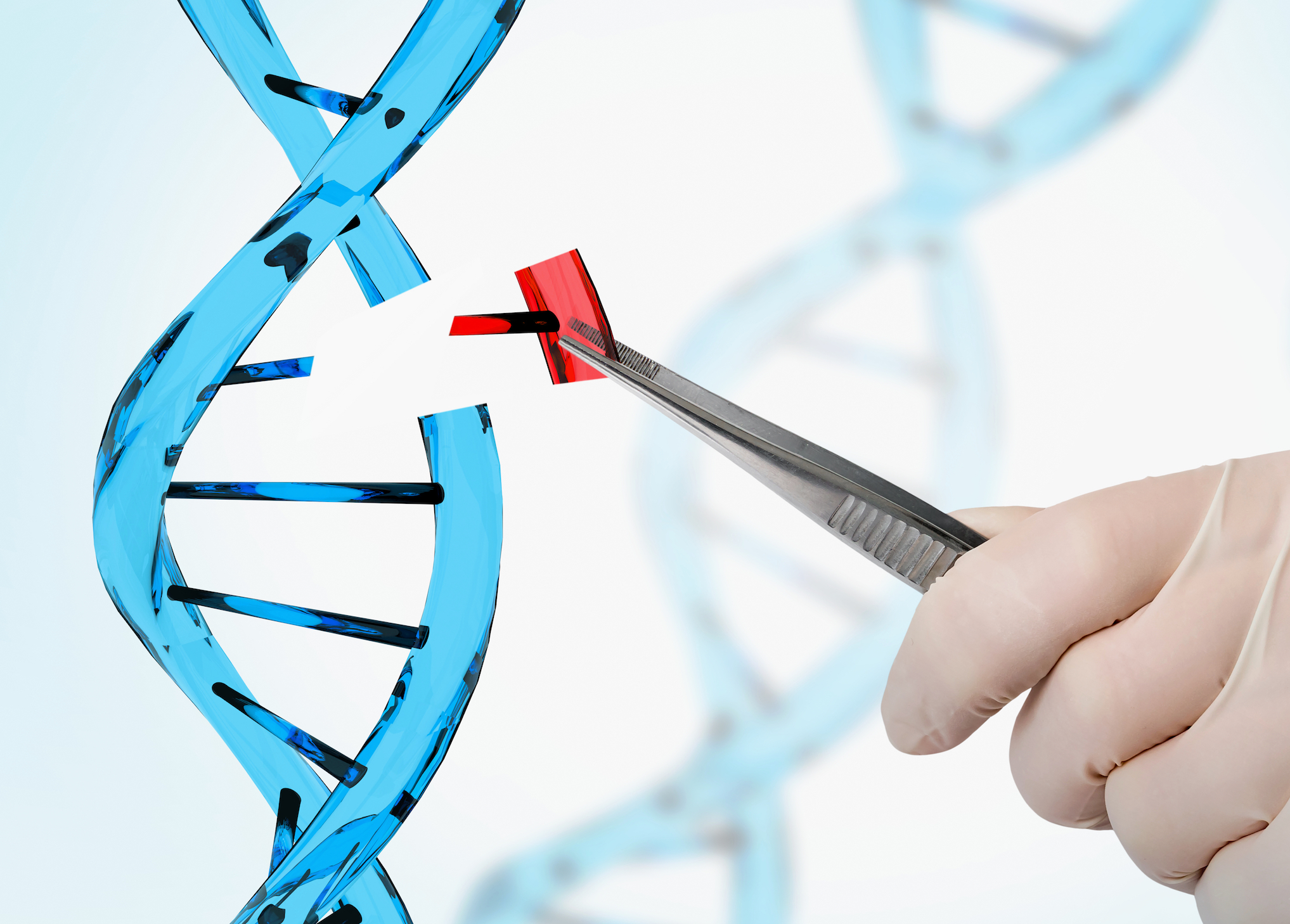Genetic engineering is a relatively new technology that has been used to create more environmentally friendly food production. While this may seem like an improvement on traditional farming methods, there are still many questions about the safety of genetic engineering and its effects on the environment. In addition, the high cost of research and development makes genetic engineering a very expensive process.
Pros:
Reduced use of pesticides
The most obvious benefit of genetic engineering is that it can reduce the use of pesticides. Pesticides are harmful to the environment and human beings in several ways. When used on plants, they can kill beneficial insects like bees and butterflies, which pollinate crops and help keep pests at bay. Pesticides also run off into rivers and streams when it rains, affecting aquatic wildlife. And some pesticides may enter our bodies through water we drink or food we eat; studies have found links between pesticide exposure and cancer risk in humans.[1]
Pesticide use has been linked to other health problems as well: A study published in 2010 showed that mothers exposed during pregnancy to organophosphate pesticides—a common class found in agriculture—were more likely to give birth prematurely.[2] Another study showed that children whose mothers lived near farms where organophosphates were used had lower IQs than those who didn’t live near farms using these chemicals.[3]
More production efficiency
Genetic engineering offers a number of benefits, including the ability to make crops more resistant to disease, drought and other environmental conditions. It also can help with pest control; increase nutritional value; improve food storage; and yield higher crop yields without increasing the amount of land needed for cultivation. Additionally, genetic engineering makes it possible to create plants with increased resistance to herbicides or pesticides — providing an alternative method for pest management in organic farming systems.
Elimination of food waste due to spoilage
The problem of food waste is a big issue, both here in the US and worldwide. The United States alone wastes $218 billion dollars worth of food each year. This equates to approximately 40% of all food produced for human consumption being thrown away before it has even been taken out of the store—all because people don’t buy it or throw it away at home!
Food waste is also a problem in many other countries around the world, including the UK, France, and Australia. Unfortunately for these countries that have much higher populations than ours does (by about 100 million), this means much more wasted produce every year—and even more wasted money spent trying to grow enough food for everyone who needs it most!
Improved nutritional value of products
One of the biggest pros of genetic engineering is that it can be used to improve the nutritional value of crops. For example, rice contains very little vitamin A, but through genetic engineering researchers have been able to increase its vitamin A content by up to 90 percent. They did this by adding genes from a squash plant into rice so that it produced more beta-carotene—a compound which your body converts into vitamin A. Another example is using genes from snowdrops (an herbaceous flowering plant) to produce more phytonutrients in tomatoes and potatoes. This can help lower blood pressure and reduce cholesterol levels as well as protect against heart disease, cancer and neurodegenerative diseases like Alzheimer’s disease.
The most common genetically engineered crops are soybeans and corn because they are grown worldwide on an enormous scale for animal feed or biofuel production – these two products account for 80% of all GMO acreage planted worldwide according to Greenpeace International!
Increased profits for farmers
Genetic engineering can increase the yield of a crop by increasing resistance to pests and disease, improving photosynthesis or increasing the amount or quality of the protein content of that crop. This is good for farmers because it means they can grow more food per acre, reducing their costs and increasing their profits.
However, genetic engineering is not without its downsides:
Cons:
High cost of production and research
Genetically engineered crops are more expensive to produce than traditional crops because they require additional research and development before they can be used by farmers. The costs of marketing, distribution, packaging, etc., are also higher due to the fact that genetically engineered products have special requirements for handling and storage.
Environmental risks
Genetic engineering is not risk-free. There are several potential environmental risks, including cross-breeding with natural crops or organisms and unknown effects in real life applications. As with any GMO, gene sequencing must be precise in order to be effective, which means that it comes with the risk of both positive and negative results.
Unknown effects in real life applications
Genetic engineering can lead to the creation of new organisms or new traits in existing organisms. However, there are no known cases of these methodologies being used to create a new organism. This is because genetic engineering still has many limitations in terms of its ability to modify living organisms, particularly their genomes and phenotypes.
The practice may also have unknown effects on other species in an ecosystem or habitat. For example, if a crop plant created by genetic engineering becomes invasive or spreads beyond its intended area of cultivation, it could potentially have adverse effects on wildlife populations through competition for resources such as sunlight and water as well as predation by insects that are attracted to the modified crop plants but not native plants (e.g., monarch butterflies feeding on milkweed).
Risk of cross-breeding with natural crops or organisms
Cross-breeding is a risk that should be taken into consideration when choosing to grow GM crops. Cross-pollination can occur with any crop, whether it has been genetically engineered or not. It’s important to know the extent of the cross-pollination problem before deciding if growing GM crops is right for you and your farm.
Some plants have different methods of self-pollination, whereas others are only able to reproduce by cross-pollinating with other plants within their same species or genus. For example, winter wheat reproduces by anther culture (selfing) while spring wheat reproduces vegetatively via tillering and branch production rather than pollination between flowers on separate plants (crossing).
Gene sequencing must be precise in order to be effective
Genetic engineering is the process of modifying genes. Genes are units of heredity that contain instructions for making proteins and other molecules in the body. They are located on chromosomes, which are found in the nucleus of a cell. Chromosomes contain DNA, or deoxyribonucleic acid, which contains genes.
Scientists have also been researching ways genetic engineering can be used to help crops grow in harsh weather conditions, requiring less water and fertilizer than traditional farming methods.
However, some argue that genetic engineering should not be used because it could lead to unintended consequences in the environment or human health. For example, genetically engineered crops may inadvertently crossbreed with wild relatives (a process called outbreeding), resulting in new species that could spread rapidly without control measures being put into place first.
Conclusion
Genetic engineering is a powerful tool that can have positive impacts on our food supply and environment. However, we need to ensure that we use it responsibly and do not put ourselves in danger by ignoring the potential negative effects of this technology. If scientists research thoroughly before starting any new project, they can create something great without sacrificing our health or well-being.



Leave a Reply